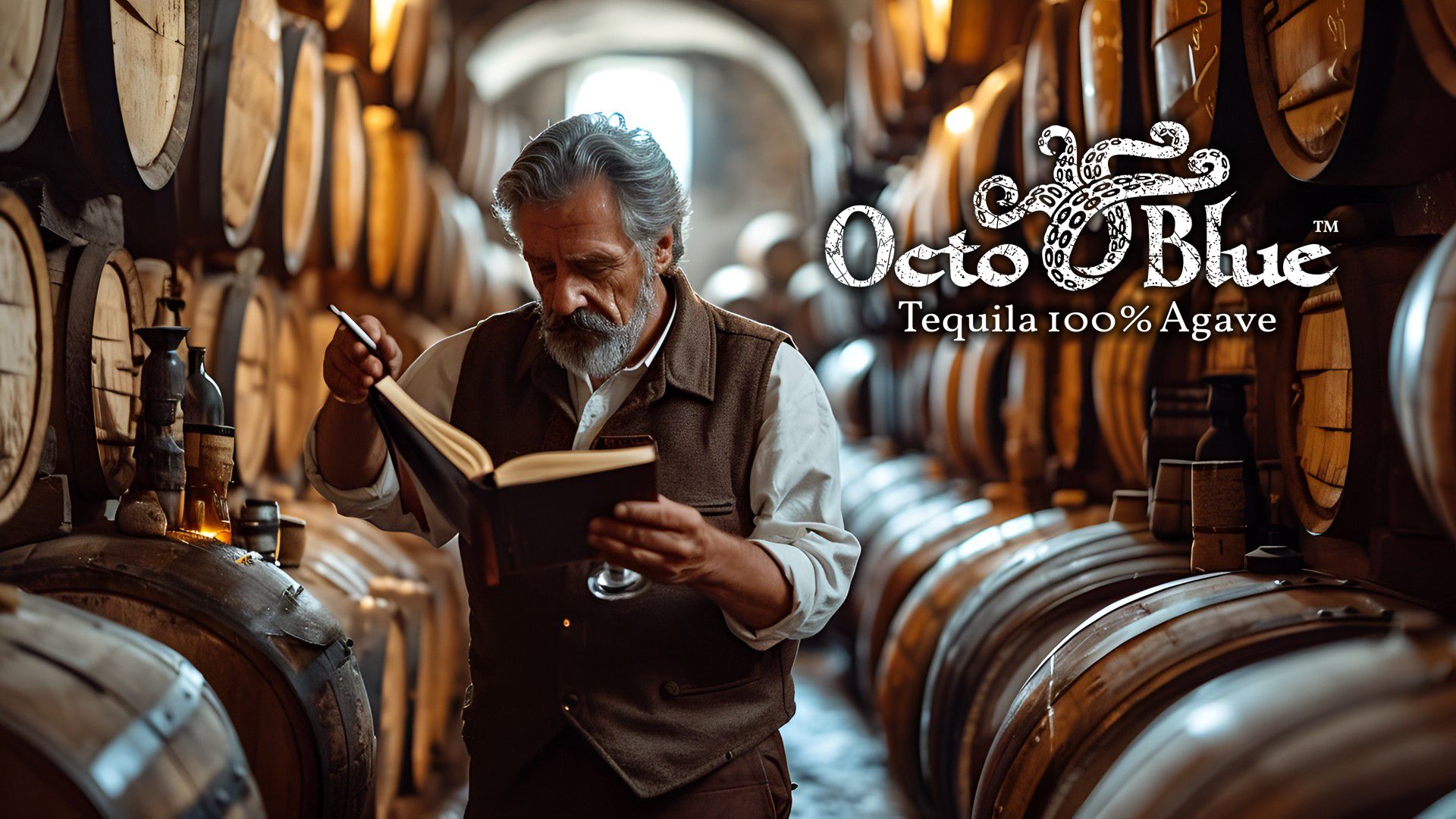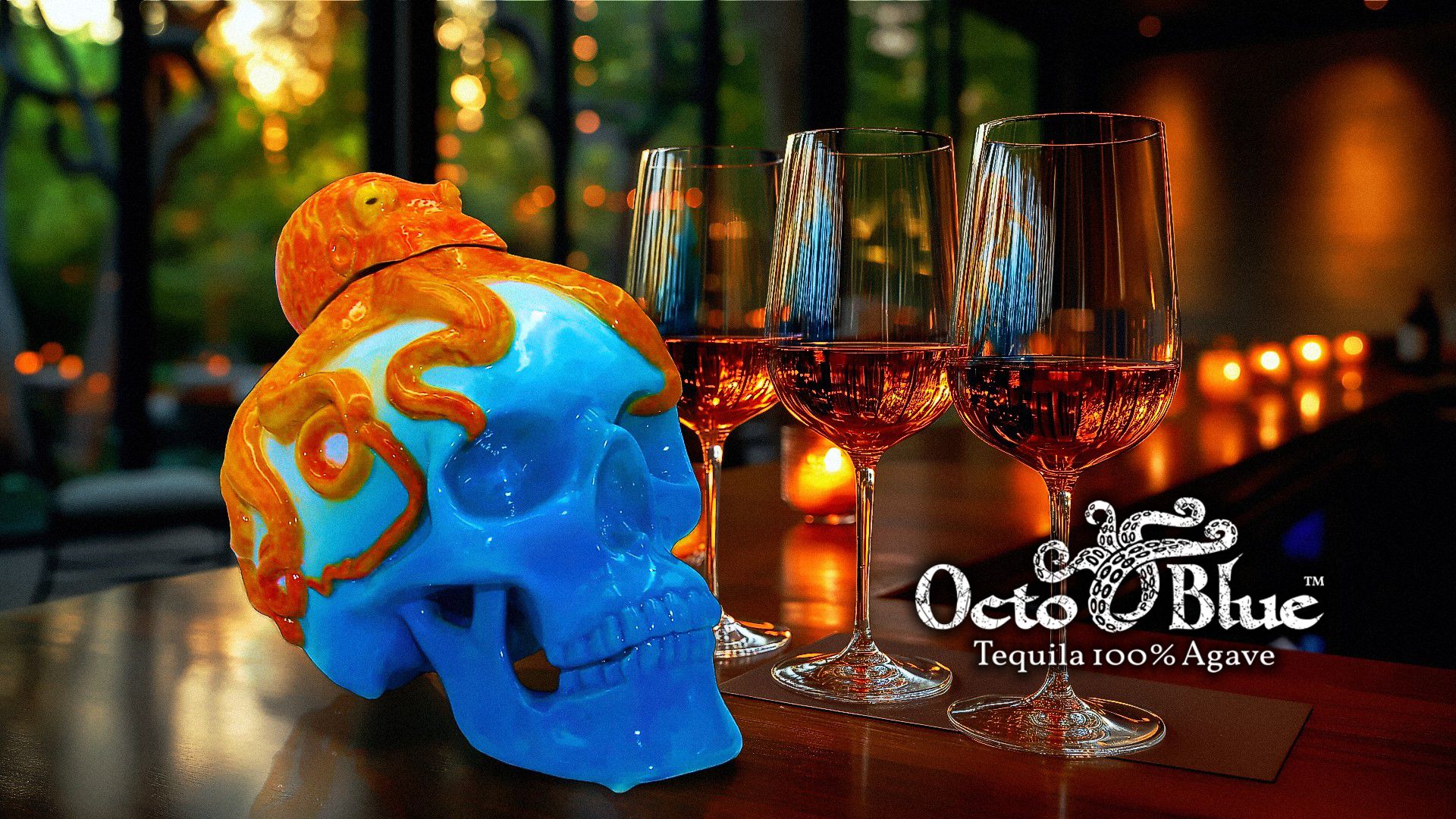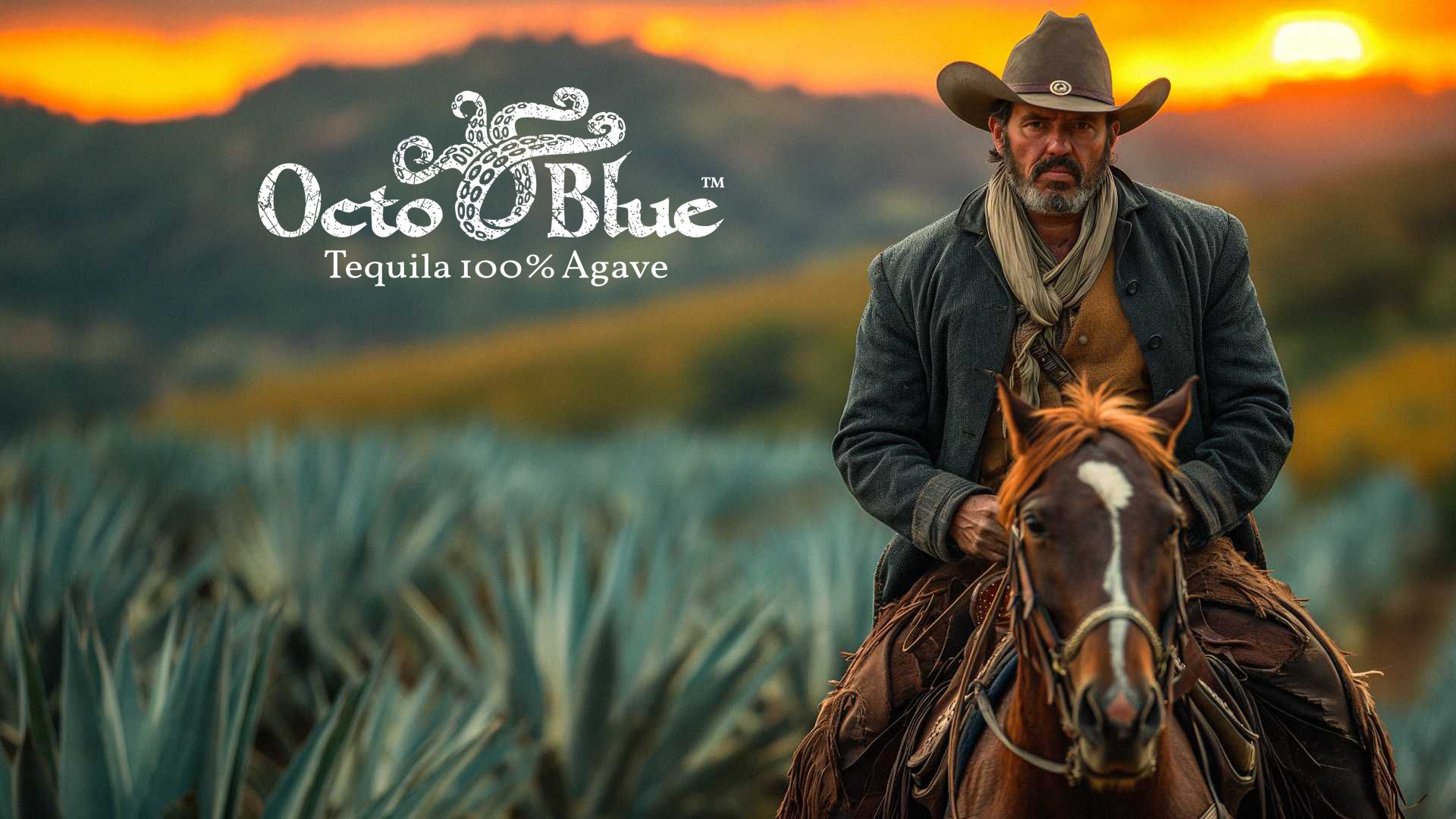Introduction
Tequila tasting is an art form, a refined skill that enhances the appreciation of this storied spirit. This guide aims to transform casual sippers into connoisseur-level tasters, offering insights into how professionals analyze and enjoy tequila.
Understanding Tequila Varieties
Before diving into tasting, it’s crucial to understand the types of tequila. There are five main categories:
Blanco (White) or Plata (Silver): Clear, unaged tequila, offering the purest flavor of the agave.
Joven (Young) or Oro (Gold): A blend of Blanco and Reposado, sometimes colored and sweetened.
Reposado (Rested): Aged in oak barrels for two months to a year, imparting a golden hue and mellow flavor.
Añejo (Aged): Matured for one to three years in oak barrels, known for its smoother, richer taste.
Extra Añejo (Extra Aged): Aged for over three years, offering a complex and nuanced flavor profile.
Setting the Stage for Tasting
Create the right environment. A quiet, well-lit room is ideal. Use a proper tequila glass, like a Riedel tequila glass or a snifter, to concentrate the aromas. Ensure the tequila is at room temperature to fully appreciate its characteristics.
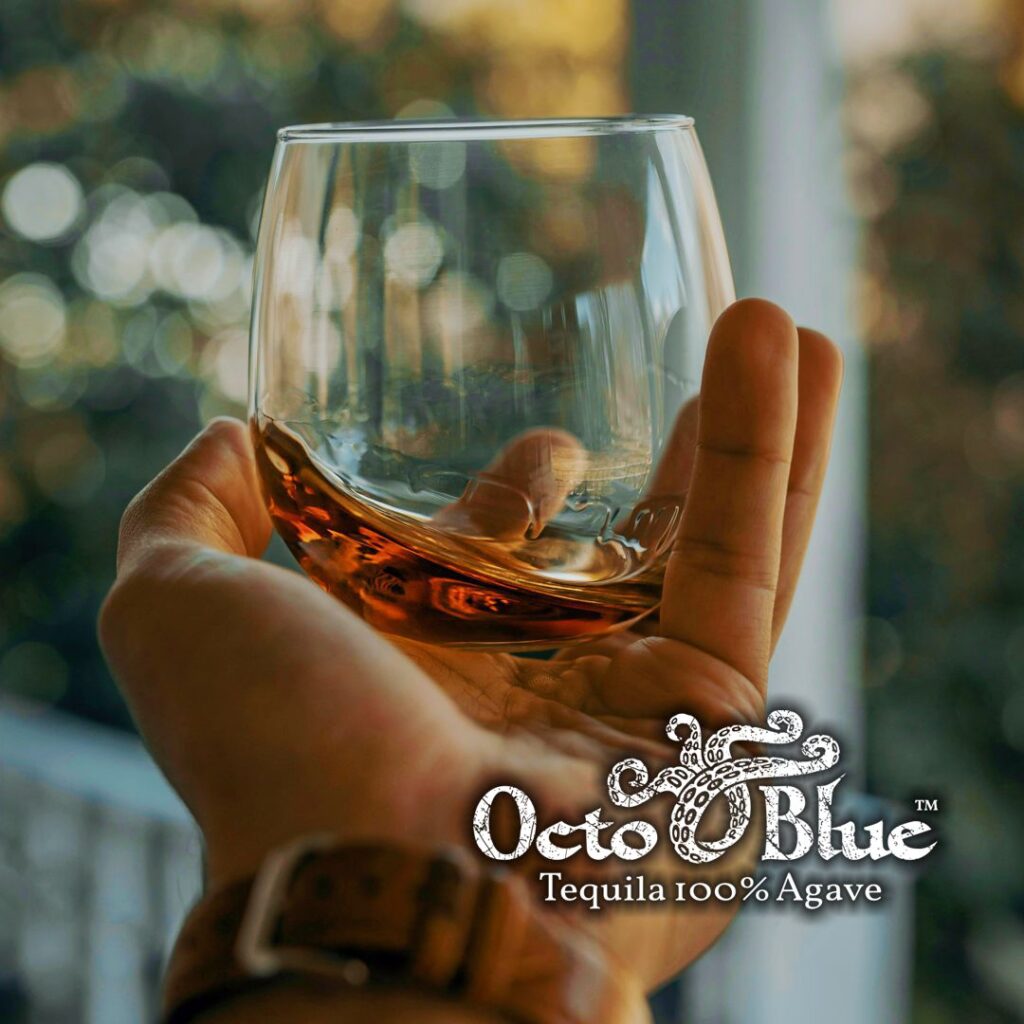
The Art of Observing Tequila
Begin by observing the tequila’s color. Swirl it gently in the glass to observe its viscosity. Legs or tears that run down the glass can indicate body and alcohol content. Blanco tequilas will be clear, while aged varieties will display hues of gold to deep amber.
Nosing Tequila: Uncovering Aromas
Smell is a significant part of the tasting process. First, take a gentle sniff with your mouth slightly open. Identify the first impressions: are they sweet, spicy, or floral? Then, nose the tequila more deeply to uncover secondary aromas. Blanco tequilas may reveal raw agave, citrus, or grassy notes. Reposado and Añejo varieties introduce complexities like vanilla, caramel, or oak.
Inhale through your nose and out through your mouth. This technique helps to discern the subtler notes without overwhelming your senses.
The Tasting: Savoring the Flavors
Take a small sip and let it coat your mouth. Tequila tasting isn’t just about the initial taste, but the journey it takes on your palate. The first sensation is usually the alcohol’s heat, followed by the tequila’s main flavors.
In Blanco tequilas, look for the raw, earthy sweetness of agave, hints of pepper, and sometimes a slight bitterness. Reposados bring a balance of agave and the woody notes from barrel aging. Añejos and Extra Añejos offer a symphony of flavors – caramel, chocolate, dried fruits, and spices – all harmonizing with the agave essence.
Consider the body (light, medium, or full) and the texture (creamy, oily, or crisp). Finally, note the finish: how long does the flavor linger after swallowing?
Understanding the Flavor Wheel
Professional tasters often refer to a flavor wheel to articulate tequila’s complex profile. This wheel includes categories like fruity, herbal, mineral, and woody, each with sub-flavors. Familiarizing yourself with this wheel can enhance your tasting vocabulary and help you identify subtle nuances.
Food Pairings: Enhancing the Experience
Pairing tequila with food can elevate the tasting experience. Blanco pairs well with light dishes like ceviche or grilled vegetables. Reposado complements richer foods like pork and chicken. Añejo and Extra Añejo are excellent with desserts or as a digestif.
Tasting Like a Pro: Beyond the Basics
Professionals often cleanse their palate between tastings with water or neutral foods. They also consider the tequila’s context: its origin, the distillery’s methods, and the story behind the bottle. This holistic approach enriches the tasting experience.
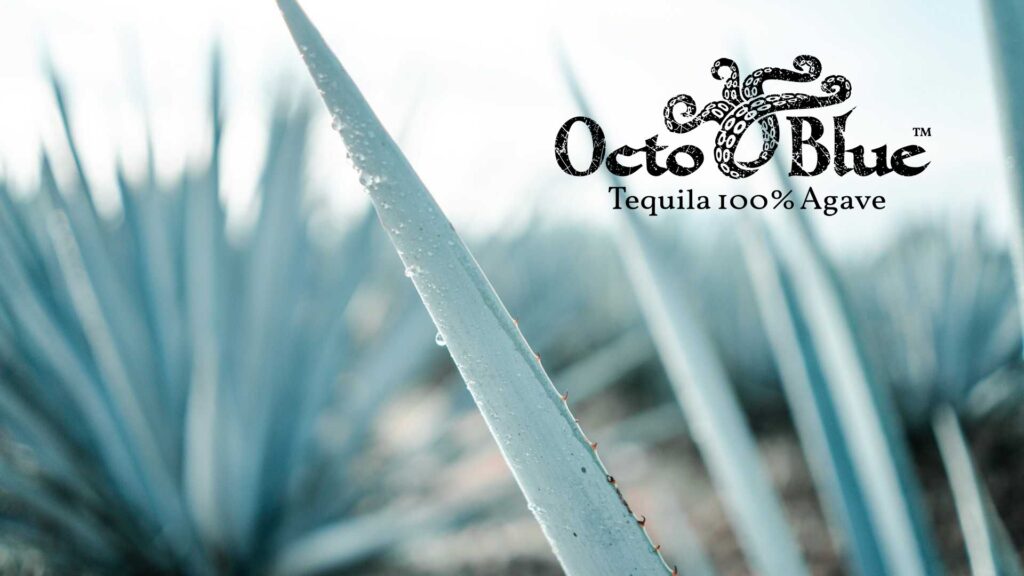
Conclusion
Tequila tasting is a journey of discovery, revealing layers of flavor and tradition in each sip. As you hone your skills, remember that the goal is to enjoy and appreciate this magnificent spirit. Salud to your journey into the world of professional tequila tasting spirit. Salud to your journey into the world of professional tequila tasting!
